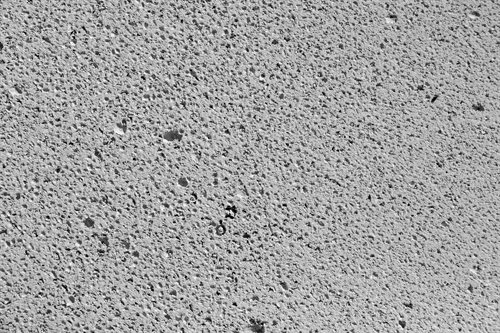How to manage and control the risks associated with reinforced autoclaved aerated concrete
RAAC (reinforced autoclaved aerated concrete) is a lightweight form of concrete used in roof, floor, cladding and wall construction in the UK from the mid-1950s to the mid-1980.
Whilst commonly used in public buildings, RAAC has been found in a wide range of premises that are no longer in public sector ownership. Anyone with management responsibilities for buildings must determine if the building contains RAAC, and if so, its location and condition.
ownership. Anyone with management responsibilities for buildings must determine if the building contains RAAC, and if so, its location and condition.
If RAAC is present, steps must be taken to manage and control the risks associated with this building material.
- Building users could be at significant risk of harm if incompetent assessments of RAAC are relied upon
- If RAAC is suspected, an assessment should be made by a Chartered Structural or Chartered Civil Engineer familiar with the investigation and assessment of reinforced concrete structures;
- If RAAC is confirmed, a risk assessment of the building and its use is advised;
- Risk assessments should have input from an engineer with appropriate knowledge and experience of RAAC
Further information and guidance
Resources and guidance for RAAC: